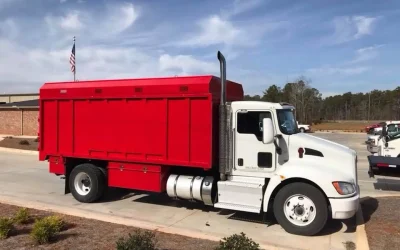Building fasteners play a critical role in construction. These seemingly basic devices are crucial in maintaining the integrity and longevity of structures ranging from private residences to commercial buildings. Minnesota, known for its strong construction industry, offers a diverse market for building fasteners that serve a variety of applications. Understanding the different varieties and their significance can assist builders, contractors, and DIY enthusiasts in making informed judgments.
The Role of Building Fasteners
Building fasteners are hardware devices that keep items together. Screws, bolts, nuts, anchors, and nails are examples of several types of fasteners, each with its own purpose. Minnesota has a large assortment of building fasteners that provide solutions for many construction demands. One of the fundamental roles of building fasteners is to bind materials together. For example, wood construction commonly employs screws as they offer a firm hold that can withstand tension and pressure. On the other hand, metal structures that demand strength and durability often utilize bolts. In addition to their purpose of attaching materials, building fasteners helps to ensure the overall safety of a structure. An installed fastener can cause catastrophic failures, requiring costly repairs or even injury. Understanding the precise criteria for building fasteners in Minnesota is critical for ensuring that every project adheres to safety standards and laws.
Factors to Consider When Selecting Building Fasteners
When selecting building fasteners, various variables should be considered. The first consideration is the fastener’s material. In Minnesota, where weather can fluctuate greatly, selecting the appropriate material is critical. Stainless steel fasteners, for example, are very resistant to corrosion, making them ideal for outdoor projects where moisture is an issue. Alternatively, galvanized fasteners are popular due to their low cost and excellent corrosion resistance.
Another significant consideration is the size and length of the fasteners. The fasteners’ optimum size ensures their ability to endure the applied load. For example, larger screws are typically required for heavier materials, although shorter screws may work for lightweight applications. Builders must evaluate the individual needs of each project to determine the size of building fasteners.
The type of fastener used has a significant impact on construction performance. Certain fasteners, like drywall screws, serve specific purposes by attaching drywall to wooden or metal studs. Others, like lag screws, find their use in heavy-duty applications that necessitate substantial load-bearing capacity. Understanding the intended use of fasteners can have a significant impact on a building project’s outcome.
Enhancing Structural Integrity Through Proper Fastener Selection
Building fasteners are an essential component of Minnesota construction, significantly contributing to the stability and safety of numerous structures. Understanding the many types of fasteners, their applications, and the considerations to consider when selecting them allows builders to make informed decisions that improve the integrity of their projects. Whether you’re building a new house or renovating an old one, paying attention to the intricacies of building fasteners in Minnesota might be the difference between a successful and long-lasting outcome.



